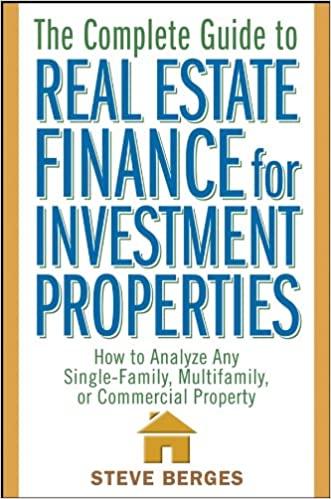Answered step by step
Verified Expert Solution
Question
1 Approved Answer
Beasley Ball Bearings paid a $4 dividend last year. The dividend is expected to grow at a constant rate of 5 percent over the next
Beasley Ball Bearings paid a $4 dividend last year. The dividend is expected to grow at a constant rate of 5 percent over the next four years. The required rate of return is 19 percent (this will also serve as the discount rate in this problem). Use Appendix B. (a) Compute the anticipated value of the dividends for the next four years. (Round your intermediate calculations and final answers to 3 decimal places. Omit the "$" sign in your response.) Anticipated value D1 $ D2 $ D3 $ D4 $ (b) Calculate the present value of each of the anticipated dividends at a discount rate of 19 percent.(Round "PV Factor", intermediate calculations and final answers to 3 decimal places. Omit the "$" sign in your response.) PV of dividends D1 $ D2 D3 D4 Total $ (c) Compute the price of the stock at the end of the fourth year (P4). (Round "PV Factor", intermediate calculations and final answer to 3 decimal places. Omit the "$" sign in your response.) Price of the stock $ (d) Calculate the present value of the year 4 stock price at a discount rate of 19 percent. (Round "PV Factor", intermediate calculations and final answer to 3 decimal places. Omit the "$" sign in your response.) Price of the stock (discounted) $ (e) Compute the current value of the stock. (Round "PV Factor", intermediate calculations and final answer to 3 decimal places. Omit the "$" sign in your response.) Current value $ (f) Use formula given below to show that it will provide approximately the same answer as part e. (Omit the "$" sign in your response.) P0 = D1 Ke ? g Current value $ (g) If current EPS is equal to $5.513 and the P/E ratio is 1.2 times higher than the industry average of 5, what would the stock price be? (Round your intermediate calculations and final answers to 2 decimal places. Omit the "$" sign in your response.) Stock price $ (h) By what dollar amount is the stock price in part g different from the stock price in part f? (Input the amount as a positive value. Round intermediate calculations and final answer to 2 decimal places. Omit the "$" sign in your response.) Amount $
Step by Step Solution
There are 3 Steps involved in it
Step: 1

Get Instant Access to Expert-Tailored Solutions
See step-by-step solutions with expert insights and AI powered tools for academic success
Step: 2

Step: 3

Ace Your Homework with AI
Get the answers you need in no time with our AI-driven, step-by-step assistance
Get Started


